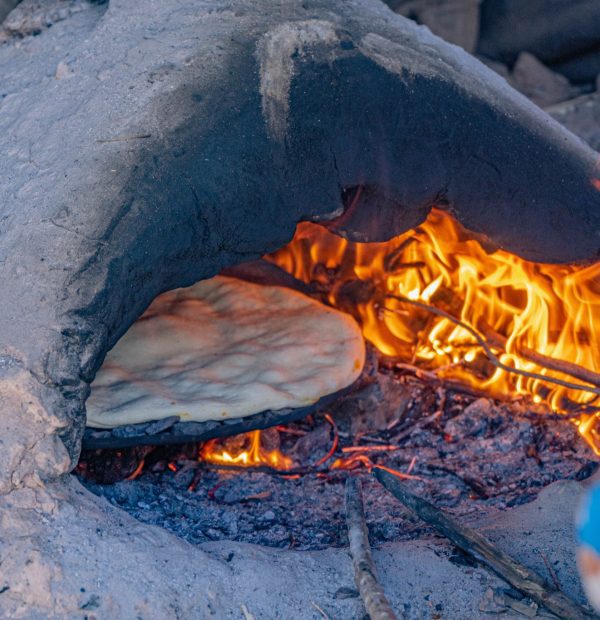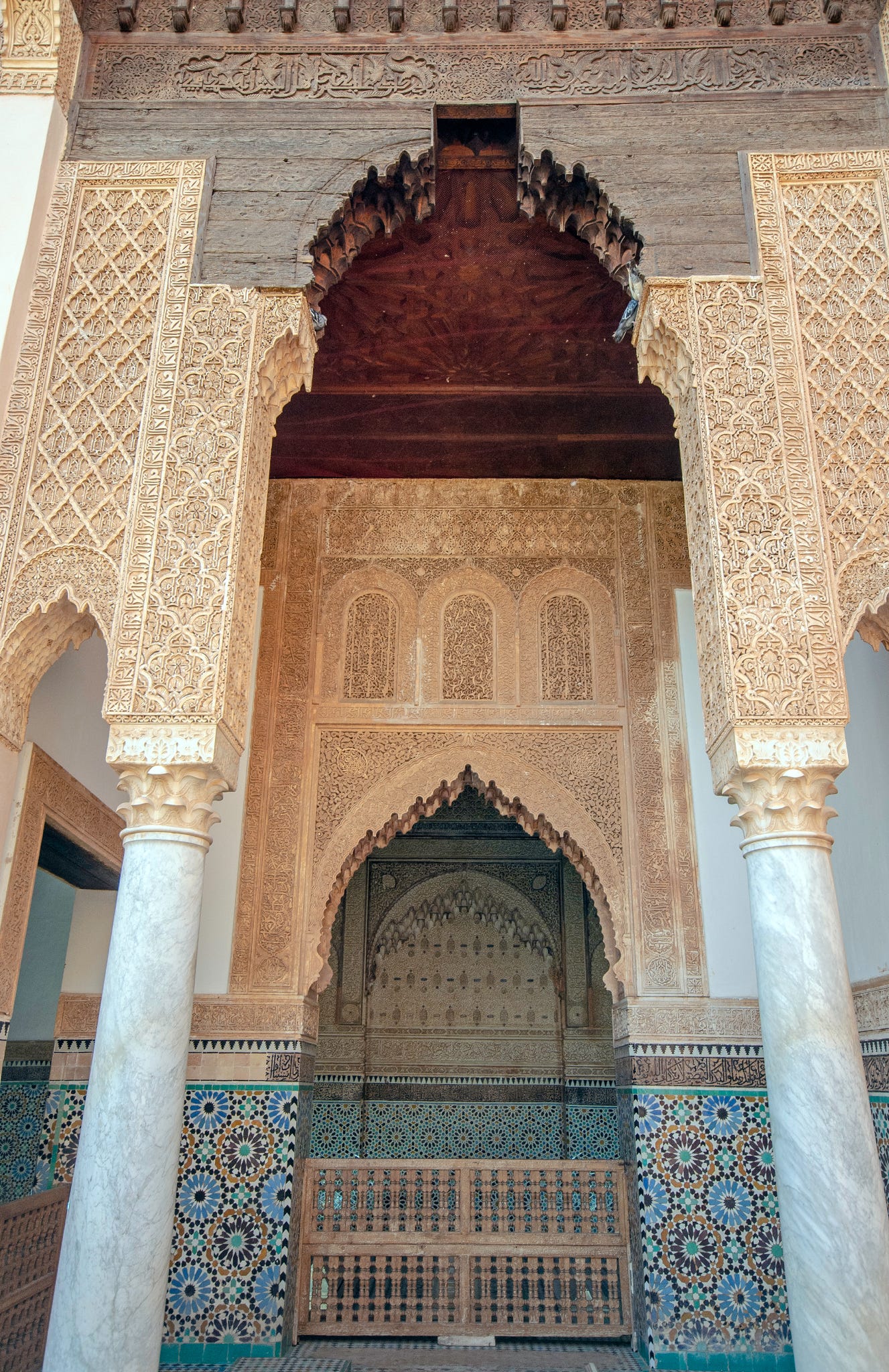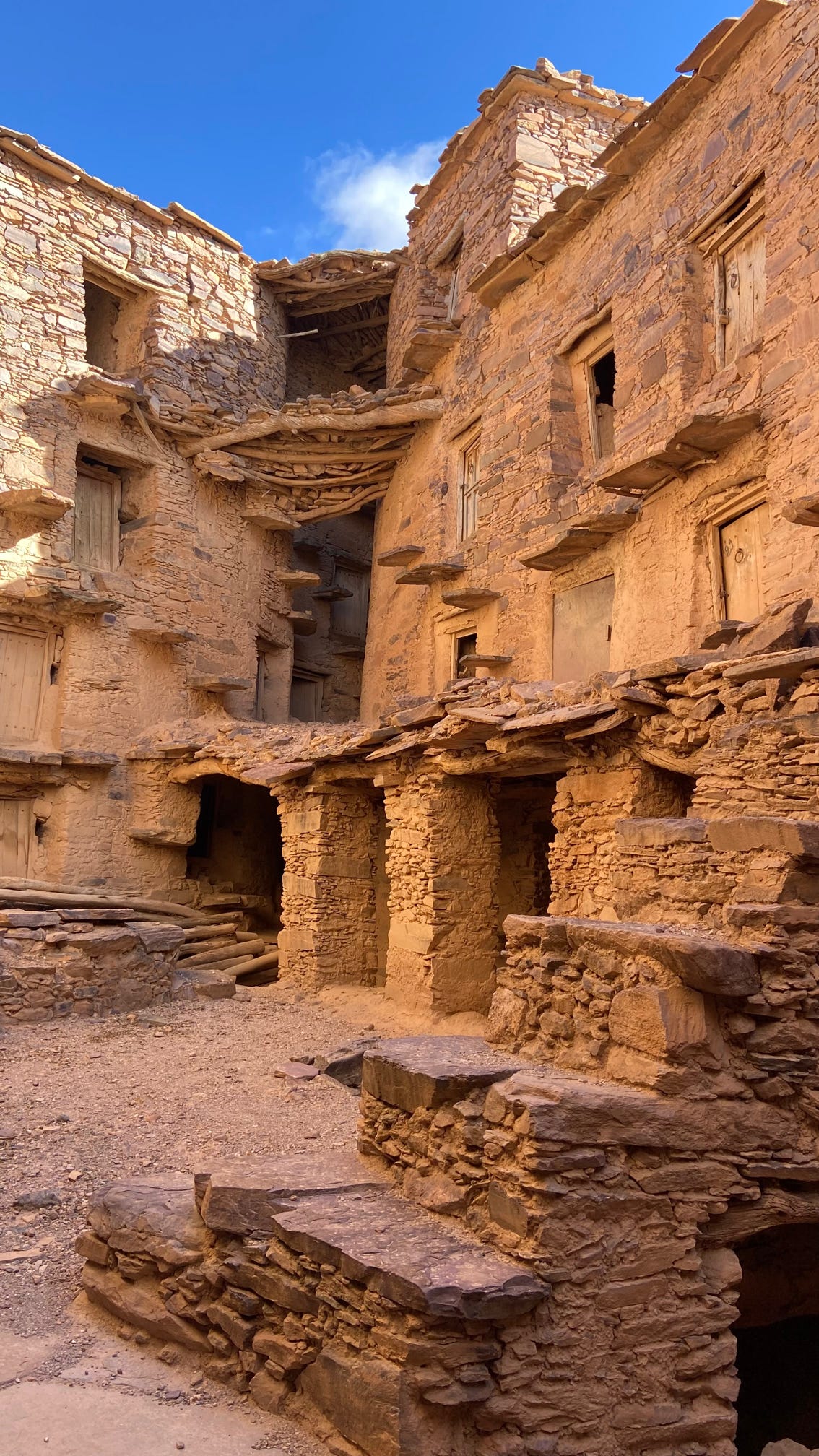
Nomad Bread Cooking: Discover the Incredible Traditional Method in the Sahara 2025
Nomad Bread Cooking in the Sahara is not an easy business! The vast, arid landscape presents numerous challenges, from extreme temperatures to the scarcity of resources.
Yet, the resilient Bedouin communities of Morocco have mastered the art of cooking in these harsh conditions. One of their most remarkable culinary traditions is making “sand bread,” a delicious and rustic flatbread baked directly in the hot desert sand.
Nomad Bread Cooking: What is this, Bread?
Also known as “ash bread,” this is a staple of many nomadic communities in Morocco. Its name comes from the unique way it is prepared—buried in the scorching desert sand to bake. This traditional technique has been passed down for generations and remains popular among Bedouin families living in remote areas. Interestingly, the responsibility for making it often falls on the men of the family, a distinction from other bread-making traditions that are typically associated with women in many cultures.
Simple Ingredients, Remarkable Results
The dough is made from basic ingredients that are easy to carry and store in the desert. The essential components include:
- Flour (either wheat, semolina, or a mixture of both)
- Water
- Yeast (or a natural leavening agent)
- Salt
Some variations may incorporate additional ingredients such as olive oil, butter, or milk to enhance the flavor and texture. The dough is kneaded until it reaches a smooth, elastic consistency and is then left to rest in a warm place, allowing it to rise.
Once the dough has risen, it is divided into small portions and shaped into round, flat discs. The resulting shape resembles pita or tortillas, making it easy to cook quickly and evenly in the sand.
Baking in the Hot Desert
Nomadic families in the Sahara have perfected the art of baking bread using only natural resources. The process begins with heating the sand, which absorbs and retains the sun’s intense heat throughout the day. This heat is critical for the baking process, allowing the it to cook thoroughly without an actual oven.
Nomad Bread Cooking
- Dig a shallow hole in the dand
- Place the bread rounds directly on hot embers or heated stones.
- Pile the hot sand is carefully over the dough, fully covering it.
- Leave the bread to bake for approximately 20-30 minutes, depending on its size and the intensity of the heat.
This technique results in an even cooking with a distinctive, smoky flavor and a delightful texture.
A Unique Taste and Texture
One of the most remarkable aspects is its texture. The natural oven created by the hot sand helps retain moisture inside while forming a slightly crispy crust on the outside. The result is a soft, chewy interior with a hint of earthiness from the sand-baking method.
Despite being buried in the sand, the loaf is carefully unearthed and dusted off to ensure it is free of any grit. Skilled bakers know precisely how to handle the process so that not a single grain of sand remains on the final product!
How its Enjoyed
Sand bread is best enjoyed fresh and warm. It is a versatile accompaniment to many traditional Moroccan dishes, including:
- Stews and tagines
- Grilled meats and kebabs
- Dips and sauces such as hummus or harira soup
Because of its hearty and slightly chewy nature, sand bread is perfect for scooping up rich and flavorful dishes, making it an essential part of nomadic cuisine.
A Tradition that Stands the test of Time
Although modern cooking methods have become more widespread, many Bedouin communities continue to bake sand bread as a cherished tradition. It is more than just a means of sustenance; it represents the ingenuity and adaptability of desert dwellers who have learned to thrive in one of the world’s most extreme environments.
In North African cuisine, sand bread remains a symbol of resilience and resourcefulness, demonstrating how people can create something truly delicious using only the natural elements around them. Whether enjoyed on its own or as part of a hearty meal, this unique bread continues to be a beloved staple in Moroccan culture.
Morocco should be top of your bucket list now that you can travel again






